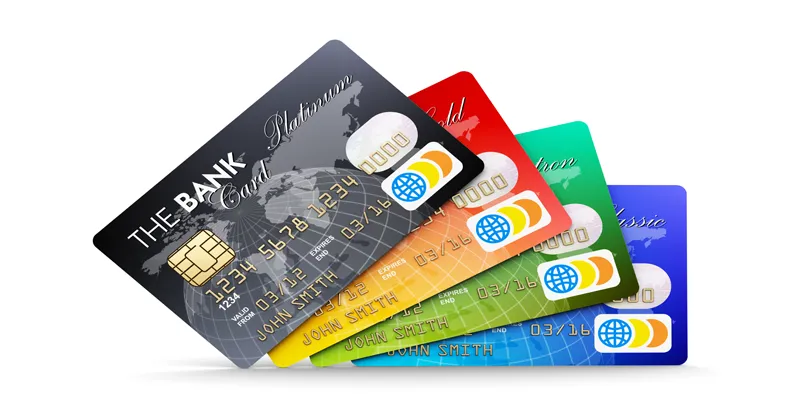Why ‘plastic money’ could be your new best friend – incentives by the Modi government
Narendra Modi’s currency ban has given the people the push they needed towards the realisation of his ‘digital dream’. From the looks of it, his demonetisation move might kill three birds with one stone – black money, political opponents, and, subtly, hard cash transactions. Only about 5 percent of business transactions in India are digital, and thus, only those have a traceable history. In his recent speech, he urged the people to make the shift towards a cashless future as it is the only way transactions of any kind can be traced and monitored, thereby restricting a parallel economy.

Image : shutterstock
The government realises, however, that the only way to urge people towards such a change is by making it easier and, more importantly, attractive. They are thus working to provide incentives to the consumer and merchant alike so they willingly make the needed shift towards ‘plastic money’. The Confederation of All India Traders (CAIT) and the National Democratic Alliance Department have submitted memorandums that elaborate the incentives they wish to provide.
Benefits for a consumer
Banks usually charge 0.75 to 1 percent of payment on debit cards and upto 2 percent on credit cards as convenience fee. To encourage increased electronic payments, CAIT plans to advice banks to cease these charges and instead offer cash back rewards for such payments. This way, people will be more willing to use digitals platforms more frequently.
Mobile banking too takes up Rs 1.50 per transaction as Unstructured Supplementary Service Data (USSD) charge which can be reduced by telecom companies. The memorandum also looks to increase the reportable limit on credit cards, allowing consumers a greater flexibility to use credits for more transactions.
Consumers can also get tax benefits in the form of income tax rebates depending on the portion of their expenditure that is made through digital means. This means that more the use of plastic money, more will be the income tax returns – an offer that is hard to ignore.
Benefits for a merchant
Merchants too will receive tax benefits for accepting electronic payments. If the electronic transaction made by a merchant is more than 50 per cent of the total transaction, he/she will receive tax returns. This is provided they make about 1-2 percent deduction in value added tax for all electronic transactions. This, the government believes, will ensure a fair transaction between a merchant and a consumer so that both are equally benefited.
In contrast to reductions, the memorandum wants to impose a small ATM- usage tax to discourage people from withdrawing too much cash. This will, of course be balanced by reductions in electronic transaction costs as mentioned before. It also wants to make mandatory, the use of digital payments for transactions exceeding 1 lakh, to further curb the flow of black money.
The memorandum, in a nutshell, targets the inconveniences of electronic payments, and aims to ease or eliminate them wherever possible. The plan still exists, as of now, only on paper. This shift, like another other, has a potential for inconveniences but they will be overshadowed by those that are now being recognized by the currency ban. In other words, the demonetisation may have broken the fall of ‘Digital India’ making its introduction that much easier.







